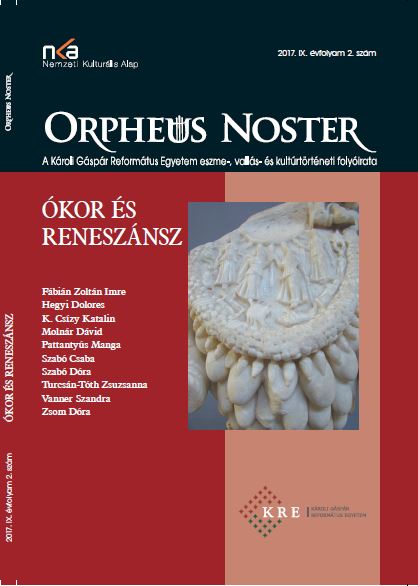„Marmoribus albis de Carraria bonis et pulchris”
‘Marmoribus albis de Carraria bonis et pulchris’
Selected Provisions from Contracts Signed by Florentine Sculptors to Produce Works in Marble
Author(s): Manga PattantyúsSubject(s): Fine Arts / Performing Arts, Visual Arts, History of Art
Published by: Károli Gáspár Református Egyetem
Keywords: artists’ contracts; Italian Renaissance sculpture; Carrara marble
Summary/Abstract: In 15th- and 16th-century Italy, artworks could be bought ‘ready made’ or commissioned directly from a painter or sculptor. Commissions for larger paintings or sculptures, however, could only be afforded by the most wealthy in society, or by organisations. When a work of art was commissioned, a contract would be signed between the client and the artist entrusted with the task. Contracts for sculptures usually included a variety of different provisions, which specified the deadline and the fee, and stipulated the raw material that would be used and how it would be acquired and transported; sometimes there were also clauses governing the sculpture technique or how the carving work would be shared out. Four interesting examples of the types of provisions contained in such contracts now form the subject of this study: 1. ideological and other reasons behind increases in the quantity of the type of stone used as the raw material for marble sculptures, namely Carrara marble; 2. the frequently mentioned contractual stipulation of ‘new’ and ‘old’ marble; 3. the expectation that a work be carved from a single block of marble (‘ex uno lapide’); and 4. the stipulation that a work be made from two or four pieces of stone.
Journal: Orpheus Noster. A KRE Eszme-, Kultúr-, és Vallástörténeti Folyóirata
- Issue Year: IX/2017
- Issue No: 2
- Page Range: 164-180
- Page Count: 17
- Language: Hungarian

